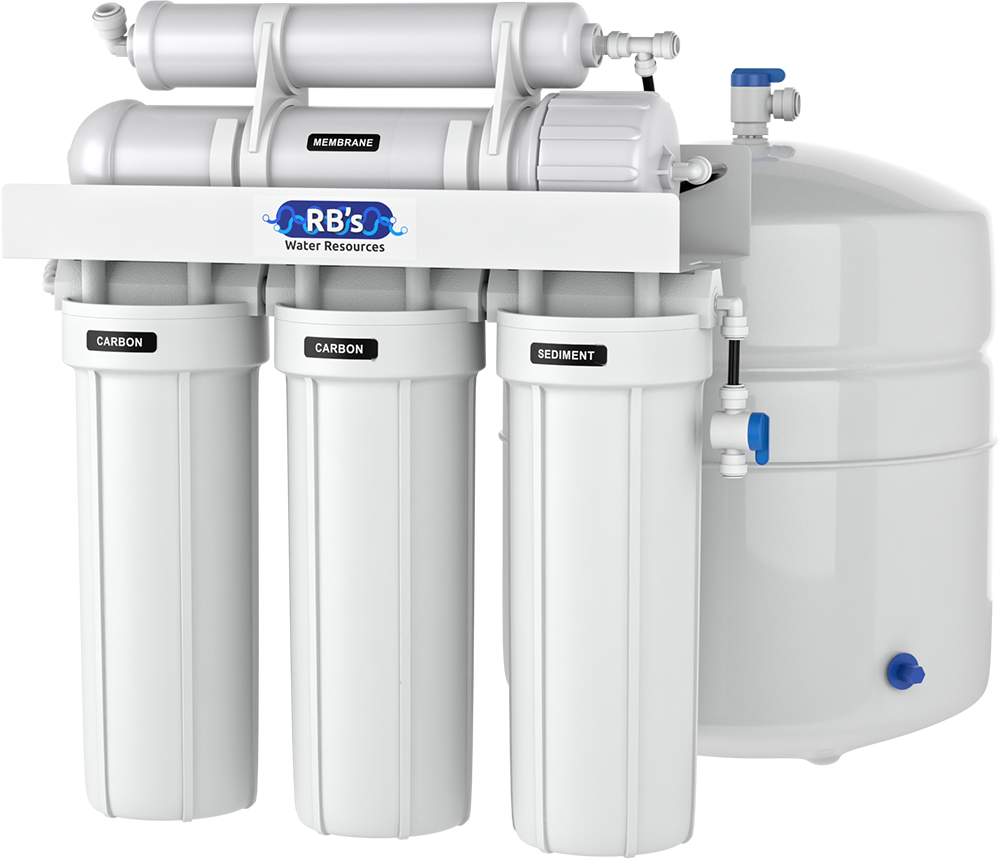

What is reverse osmosis?
Reverse osmosis is a water purification process that utilizes pressure to push water molecules through a semipermeable membrane. This method is highly effective, as it can remove up to 99% of contaminants from water, ensuring a significant improvement in its purity and safety for consumption.
Sediment Filtration
Initially, the water undergoes a sediment filtration process designed to capture and eliminate larger particles that may be present. This stage effectively removes debris such as sand, silt, and sediment, ensuring that the water entering the next filtration phase is free from these contaminants. This step is crucial for protecting the subsequent filtration systems from potential clogging and reducing their efficiency.
Twin Carbon Block Filtration
After passing through the sediment filter, the water is directed into the twin carbon block filtration stages of the unit. In this phase, the water flows through two high-quality activated carbon blocks, which work to adsorb a wide range of impurities, including chlorine, volatile organic compounds (VOCs), and other chemical contaminants. The carbon’s porous structure provides an extensive surface area, enhancing the filtration process and significantly improving the taste and odor of the water. This dual carbon block system ensures a more thorough purification, resulting in cleaner, healthier drinking water.
Membrane Element
After the water undergoes prefiltration and conditioning, it is directed through a reverse osmosis membrane under pressure. This process effectively removes up to 99% of dissolved solids, which are then expelled into the drainage pipe. The result is clean, pristine water that is collected and stored in a bladder tank for later use.
Post Filter Stage
Before the water reaches your faucet, it undergoes a final refinement stage designed to enhance its quality. This crucial step involves passing the water through a filter containing granular activated carbon. This material is highly effective at adsorbing impurities, helping to eliminate any lingering odors and unpleasant tastes. The activated carbon works by attracting and binding to contaminants, ensuring that the water you receive is not only clean but also pleasant to drink. This thorough filtration process significantly contributes to the overall purity and taste, providing you with refreshing water straight from your system.
